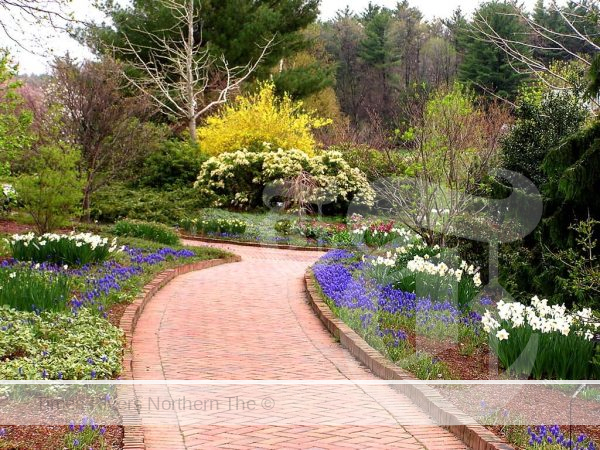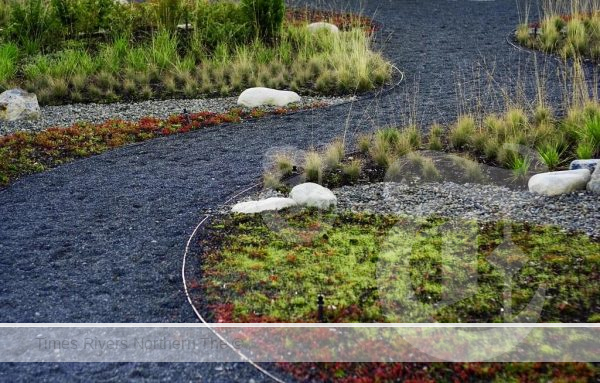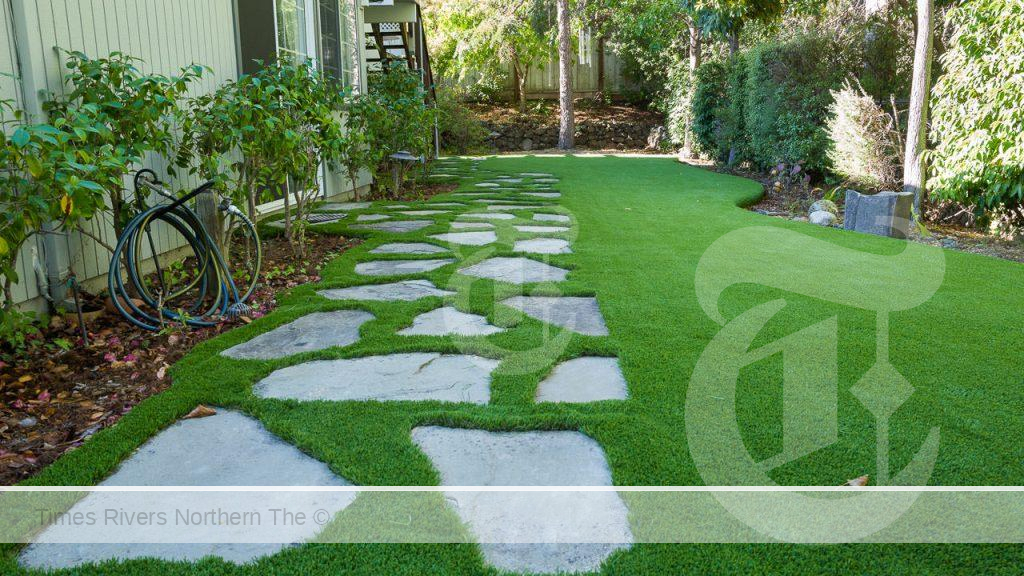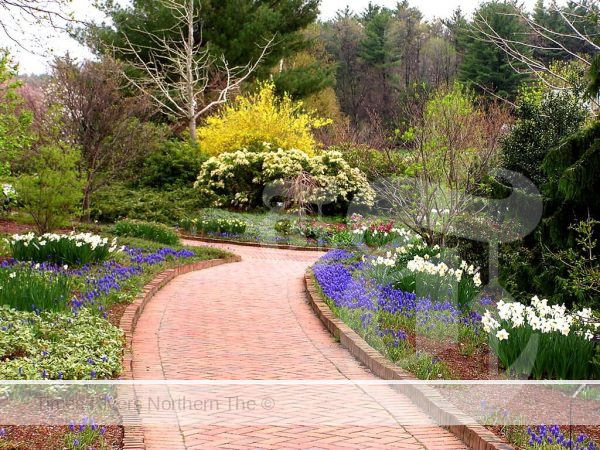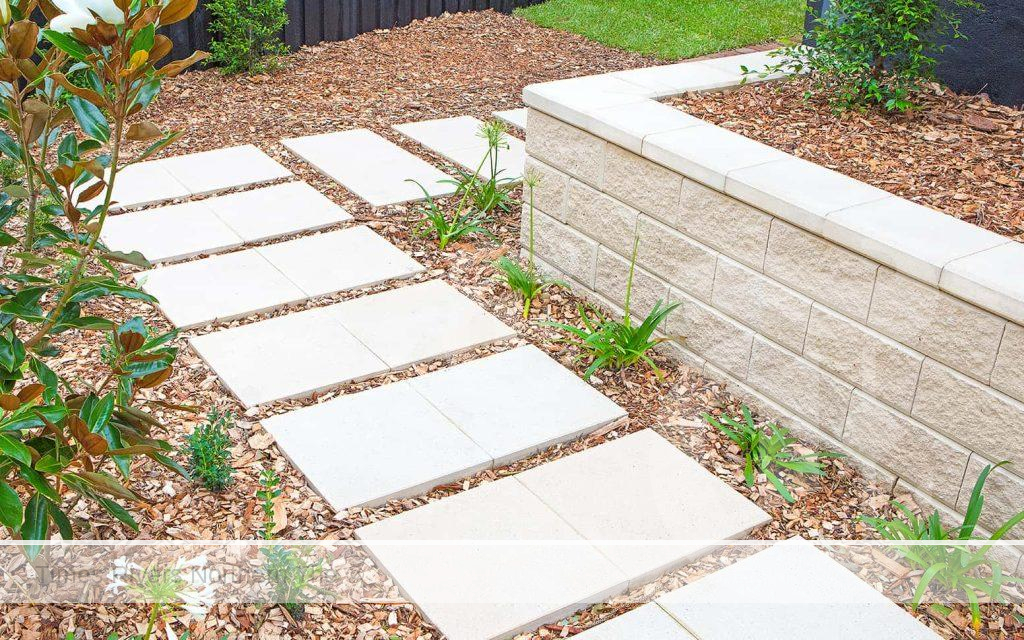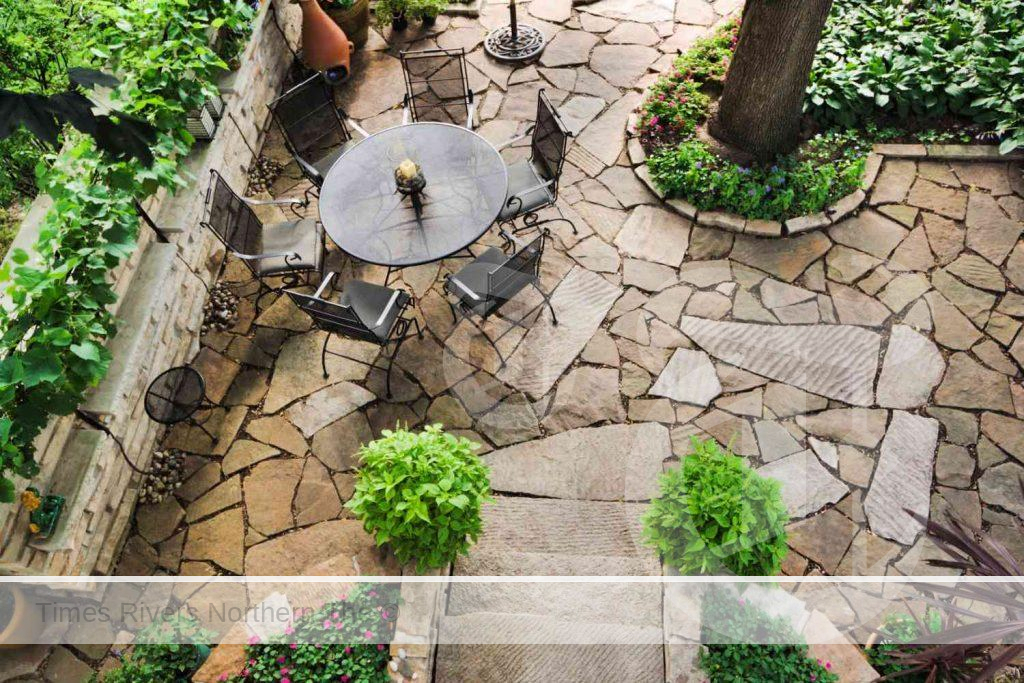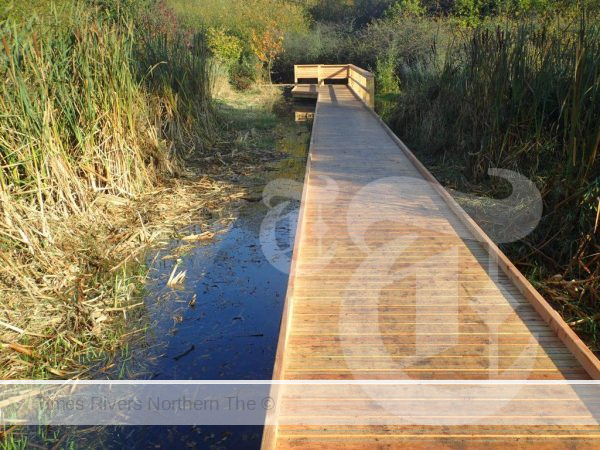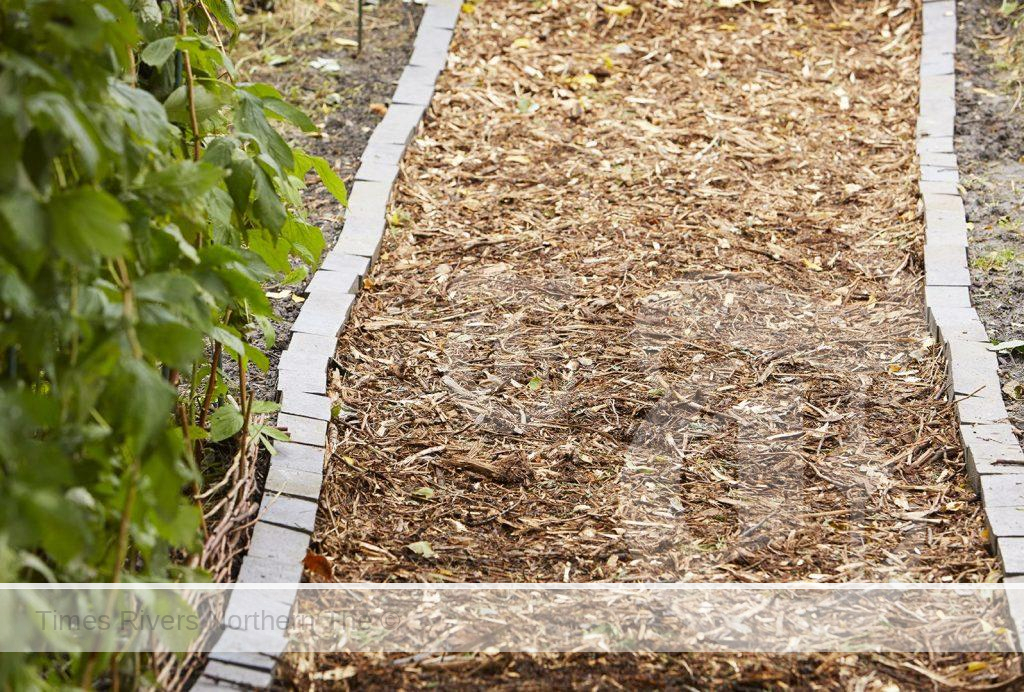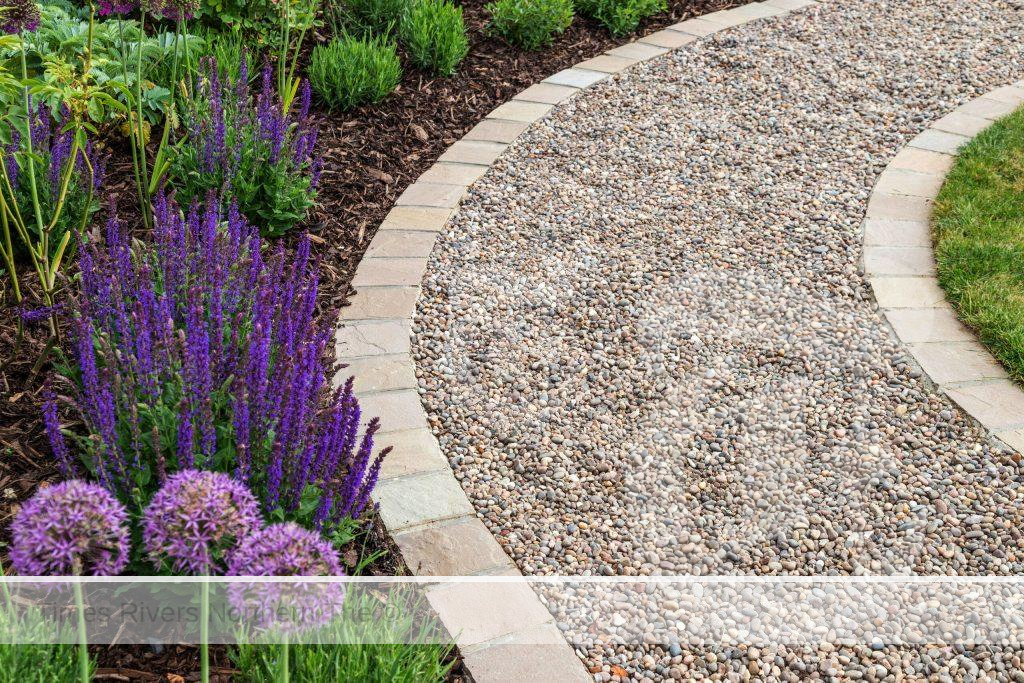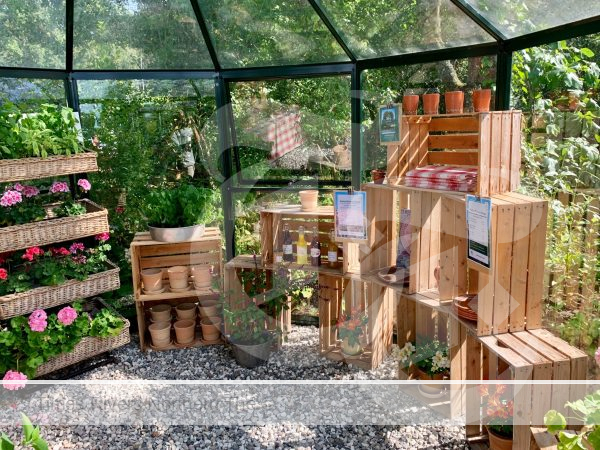Planting seeds vs young plants
Gardening is a cherished activity that connects us with nature and provides a sense of fulfilment. Whether you’re planting a vast vegetable garden or simply adding some colour to your patio, the initial decision between starting with seeds or young plants is crucial. Each method has its advantages and challenges, influencing the garden’s success, cost-effectiveness, and personal satisfaction.
Planting Seeds
Starting a garden from seeds is often seen as a rewarding, albeit more challenging, approach. One of the most compelling reasons to choose seeds is the sheer variety available. Seed catalogues and stores offer a much broader range of species and varieties than you can typically find in plant form at a nursery. This variety allows gardeners to explore rare or unusual plants that are often not available as starts.
Advertisements

Cost is another significant advantage of seeds. A packet of seeds usually costs less than purchasing individual plants and can yield a much larger number of plants. For those looking to cover a large area or grow multiple specimens, seeds are an economically sound choice.
However, seeds require patience and a controlled environment, especially in their initial stages. They need proper soil temperature and moisture levels to germinate successfully. Some seeds have specific requirements, such as light exposure or pre-treatment processes like stratification or scarification, to encourage sprouting.
Timing is also crucial when planting seeds. Most seeds need to be started indoors in late winter or early spring to have mature plants ready for the growing season. This means you’ll need space for a seed-starting setup, which could include trays, soil, grow lights, and a heat mat.
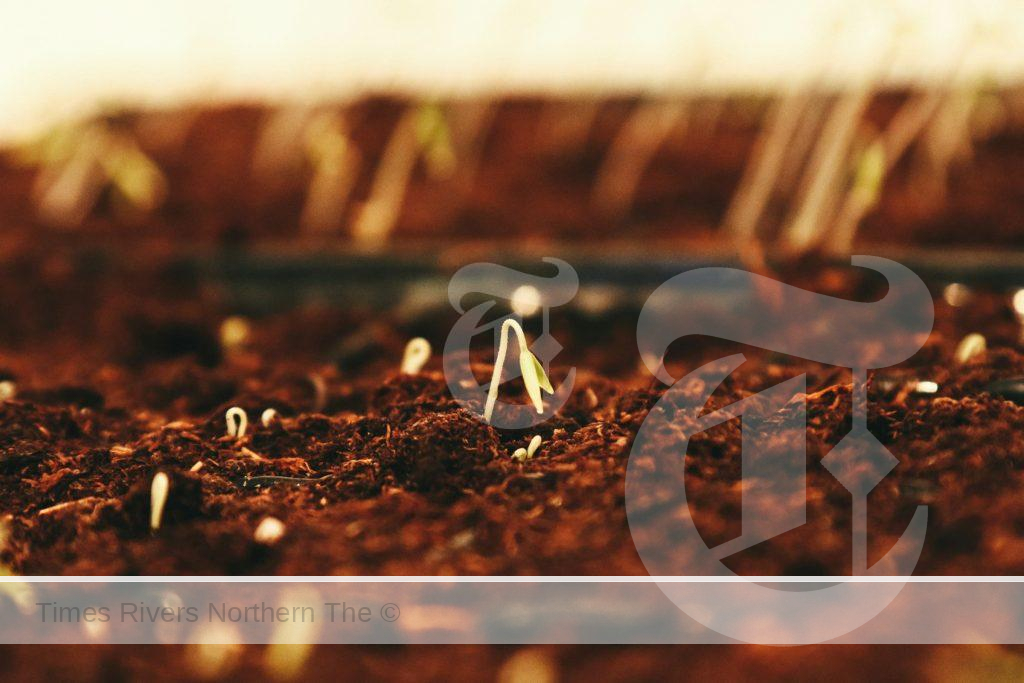
Seeds
Planting Young Plants
For those eager to see their garden flourish quickly, buying young plants or “starts” can be the better route. This method offers instant gratification and reduces the wait time for seeing blooms or harvesting vegetables. It’s particularly appealing for beginners or those with less time, as it simplifies the gardening process by eliminating the uncertain early stages of seed growth.
Young plants are also less vulnerable to environmental threats like pests and diseases that can easily affect delicate seedlings. Since they are more developed, they can compete better with weeds and tolerate more extreme weather conditions.
Purchasing plants can also offer a sneak peek at the results. You can see the plant’s health, form, and in some cases, flowers or fruits already forming, which eliminates the guesswork and variability of seed-grown plants.
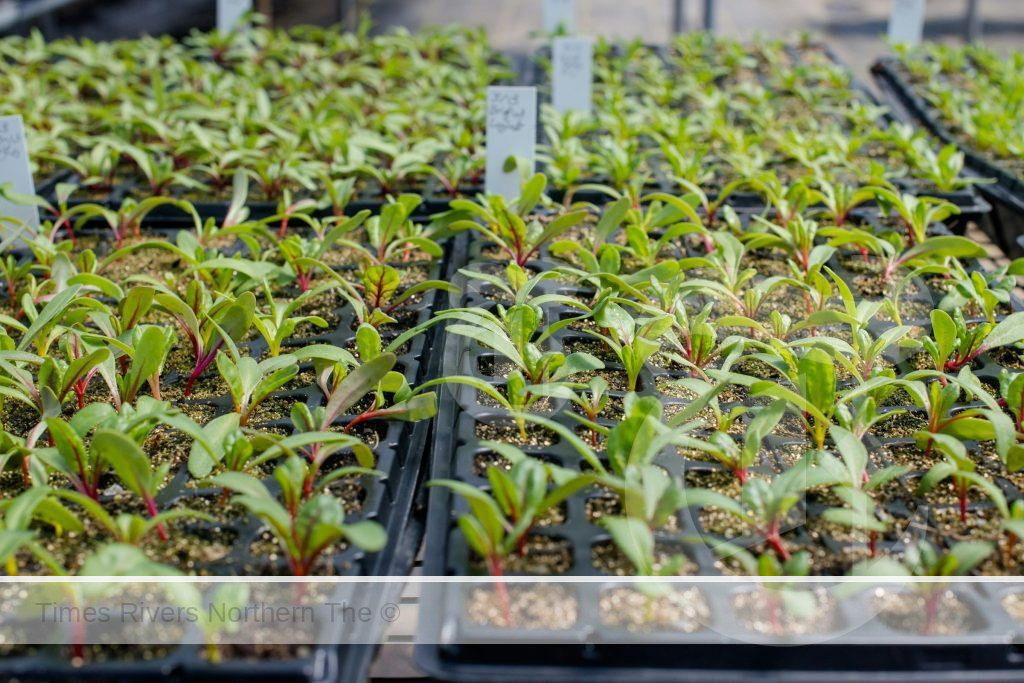
Young Plants
Considerations for Choosing
The choice between seeds and plants may depend on several factors including the specific crops, the growing season length in your area, and your level of gardening experience. For crops that take a long time to mature, such as tomatoes or peppers, starting with plants might be necessary in cooler climates. Conversely, fast-growing vegetables like lettuces or annual flowers are typically easy and cost-effective to grow from seed.
For hobbyists and those who enjoy the full gardening process, starting from seeds can be deeply satisfying. It allows a gardener to be involved in every step of the lifecycle of their plants. Meanwhile, those looking for a more straightforward, less time-consuming approach might prefer starting with young plants.
Whether you choose to plant seeds or young plants, both methods can provide immense satisfaction and bountiful results in your garden. Consider your goals, resources, and the time you want to invest in your garden as you decide, remembering that each method offers its own unique set of rewards and challenges.
For more gardening news, click here.

 Tweed Shire News2 years ago
Tweed Shire News2 years ago
 Motoring News1 year ago
Motoring News1 year ago
 COVID-19 Northern Rivers News3 years ago
COVID-19 Northern Rivers News3 years ago
 COVID-19 Northern Rivers News3 years ago
COVID-19 Northern Rivers News3 years ago
 Northern Rivers Local News3 years ago
Northern Rivers Local News3 years ago
 Health News3 years ago
Health News3 years ago
 COVID-19 Northern Rivers News3 years ago
COVID-19 Northern Rivers News3 years ago
 NSW Breaking News3 years ago
NSW Breaking News3 years ago







